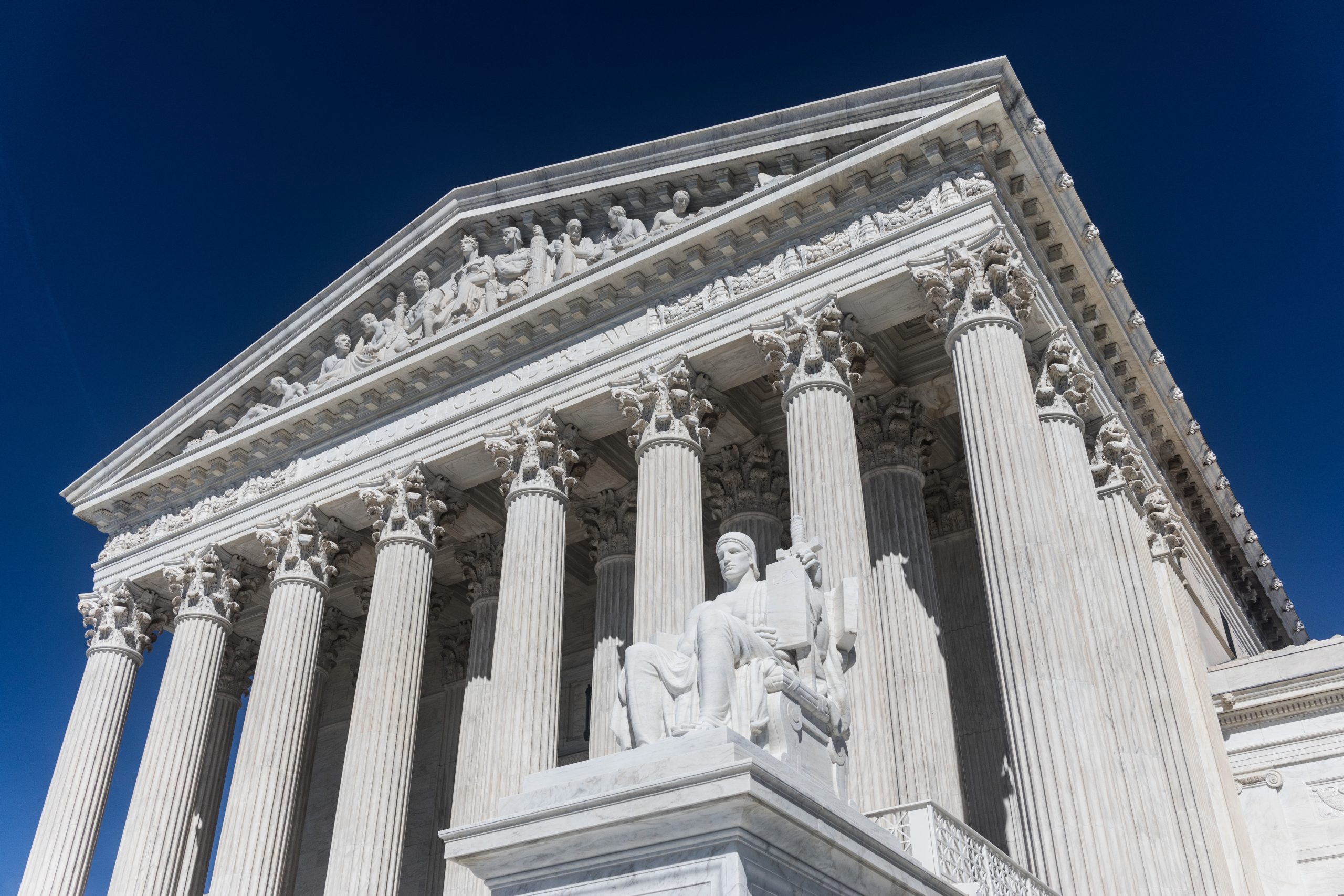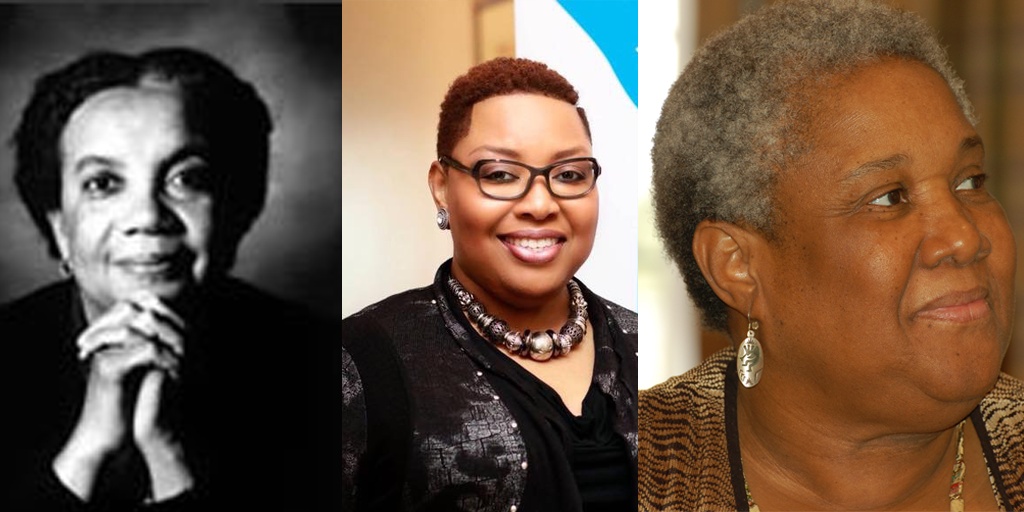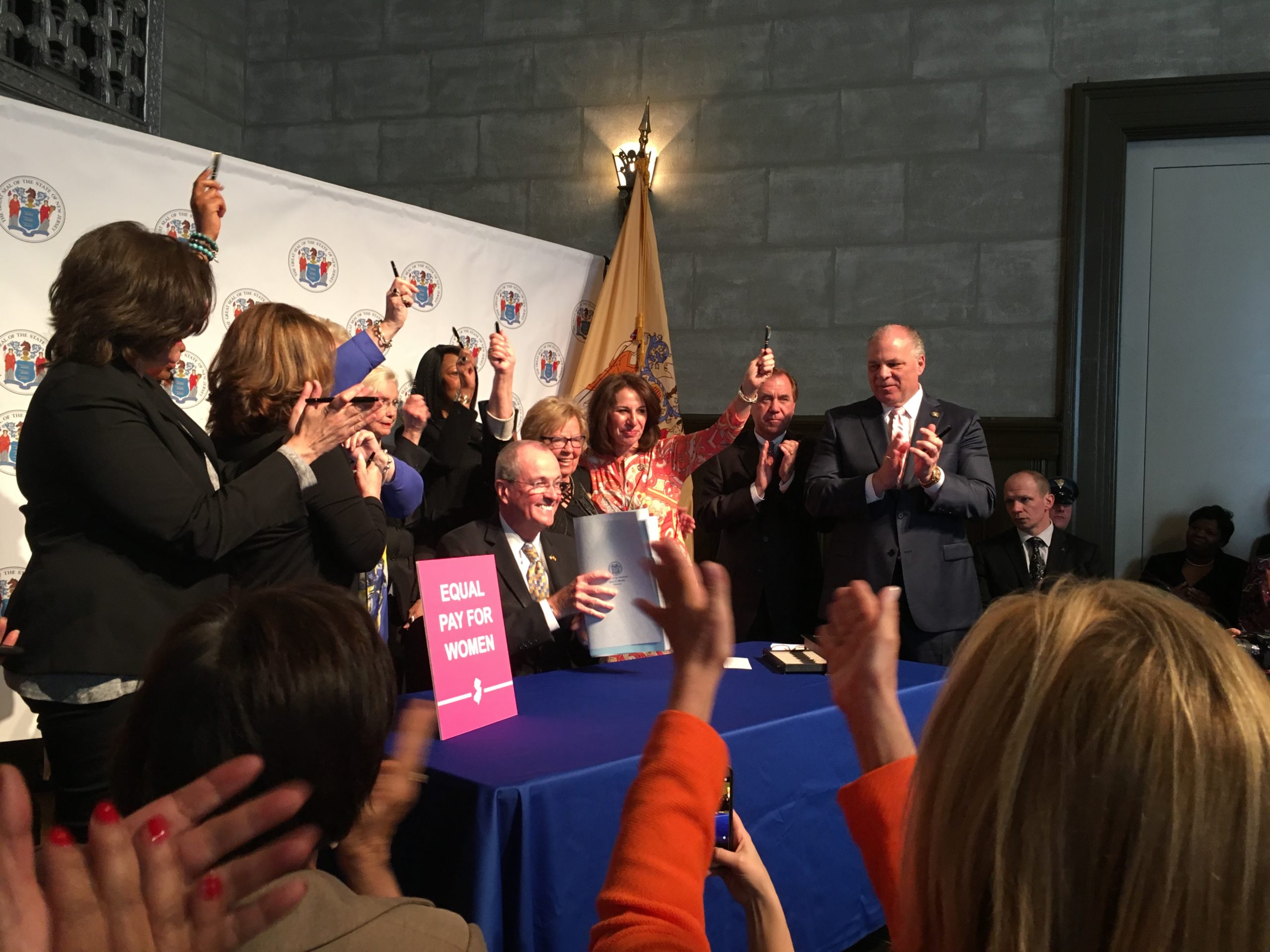Abortion rights, women of color, and LGBTQI+ people are under attack. Pledge to join us in fighting for gender justice.
Why You Should Send Your Kid to “the More Dangerous College”

 The end of summer means that schools are coming back into session and that thousands of students across the nation are starting to think about which college they will be attending next fall.
The end of summer means that schools are coming back into session and that thousands of students across the nation are starting to think about which college they will be attending next fall.
There are many things that students take into consideration when choosing a university. What do I want to major in? Do I prefer a large or small campus? What extracurricular activities does the university offer? While all these questions are important, parents often find themselves focusing on a different set of questions, boiling down to this: will my kid be safe?
It is nearly impossible to talk about campus safety today without also talking about sexual assault, and with good reason. Sexual assaults on college campuses have been making headlines for the past few years and studies show that nearly one in five undergraduate women will experience sexual assault or attempted assault throughout their time on a college campus. These statistics are alarming. And they are likely to be especially alarming for parents as they prepare to send their child away to school.
The Clery Act requires universities that receive federal funding to share information about crime on campus, and because of that required reporting, parents can look up instances of sexual assault at a particular university. Clery Act statistics appear to provide students and parents a snapshot of safety on their campus, and many families, mine included, have used this data when choosing which school to attend.
But the Clery Act is far from straightforward, and when looking up statistics through the Act, it is often better to attend a school with higher rates of sexual assaults and harassment reported. Wait, what? Did I just say go to a ‘more dangerous school’? Yes, I did and here’s why:
- Ninety-one percent of universities reported zero instances of rape on or near their campus in 2014 Clery Act stats. While you may initially look at this and think, “Awesome! So many safe schools to choose from!”, this does not necessarily mean that 91 percent of schools actually had zero instances of rape. In fact, universities that report zero instances of rape are at odds with national averages, indicating that these schools may be underreporting or ignoring sexual assault, categorizing rapes or sexual assaults as less serious incidents, ignoring sexual assault entirely, or lacking the proper reporting mechanisms.
- Higher numbers of sexual assault reported in Clery statistics can also be a good indicator that a school is abiding by their obligations under Title IX and being transparent about the number of sexual assaults occurring on campus.
- Sexual assault is a highly underreported crime, so seeing higher statistics on Clery reports can be a good sign that a university has adequate reporting structures and a climate where students feel more empowered to come forward and have their reports of sexual assault taken seriously, meaning that schools with more reported sexual assaults may actually be safer to attend because they are upholding their obligations under the law.
Parents have a right to be concerned when they see higher numbers of sexual assaults reported in Clery statistics. Current rates of sexual assault on campuses are undeniably alarming, but it is more alarming for a school to have these high rates of assault and lack the reporting mechanisms and processes necessary to properly address and prevent sexual assaults from occurring. So although counter-intuitive, higher numbers of sexual assaults reported by a university is actually a good sign that a school is upholding its obligations under the law and taking these reports seriously. I would rather attend a school that is transparent about the number of assaults on campus than one that sweeps them under the rug. And I would rather attend a school where proper reporting structures empower students to come forward and report the crime, rather than leaving them to deal with it in silence.
So as you are preparing to choose a school to send your child to, take a moment to check out that university’s Clery statistics, but instead of panicking when you see that a school has higher numbers of sexual assaults than others, remember that this is actually far better than seeing zero and that sending your child to the seemingly “more dangerous school” may actually be your safest option.





